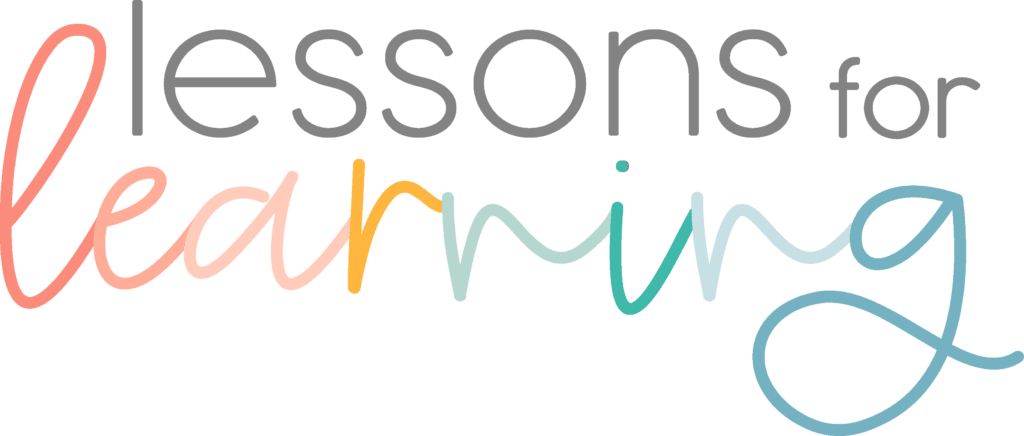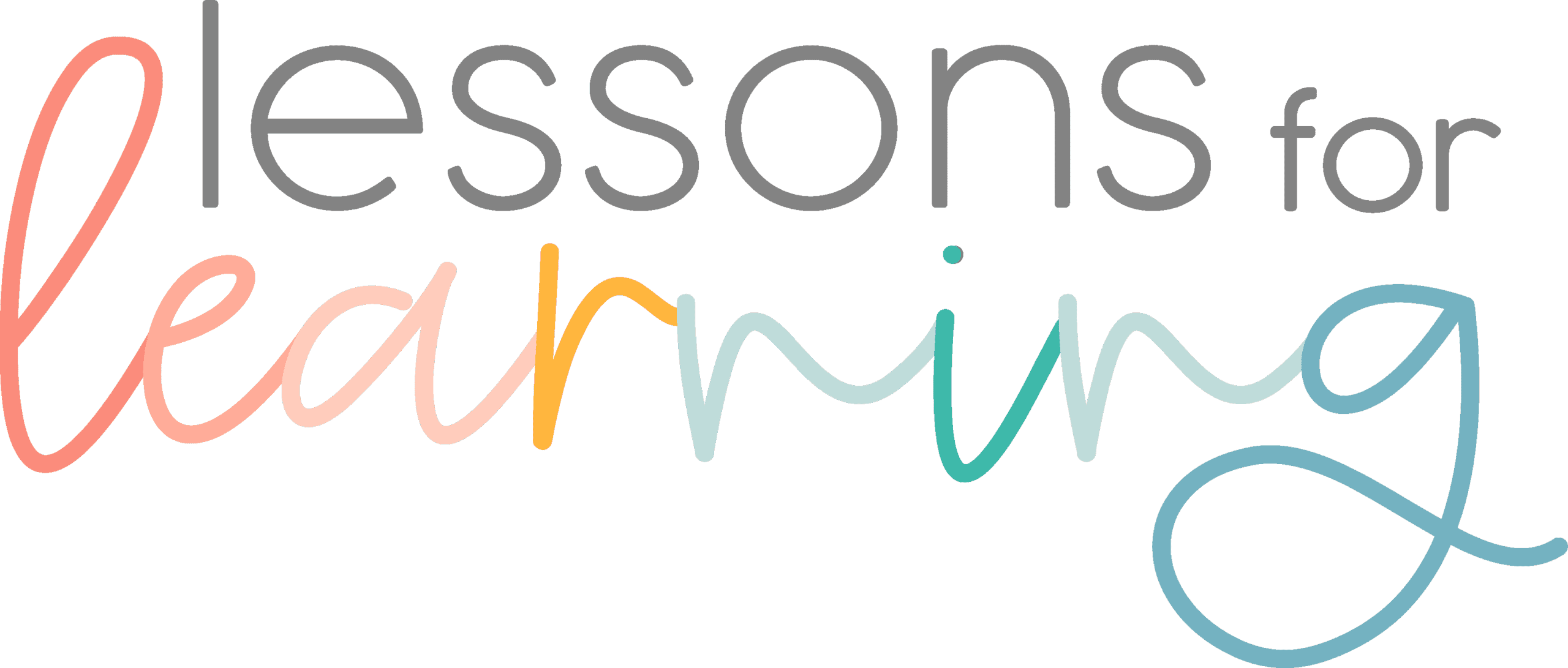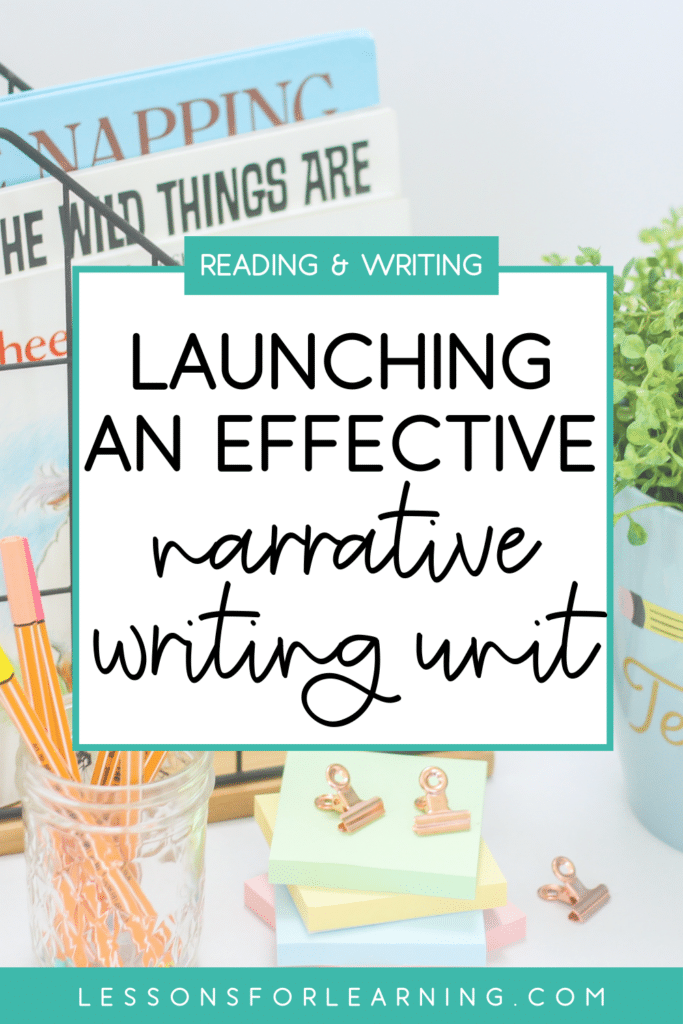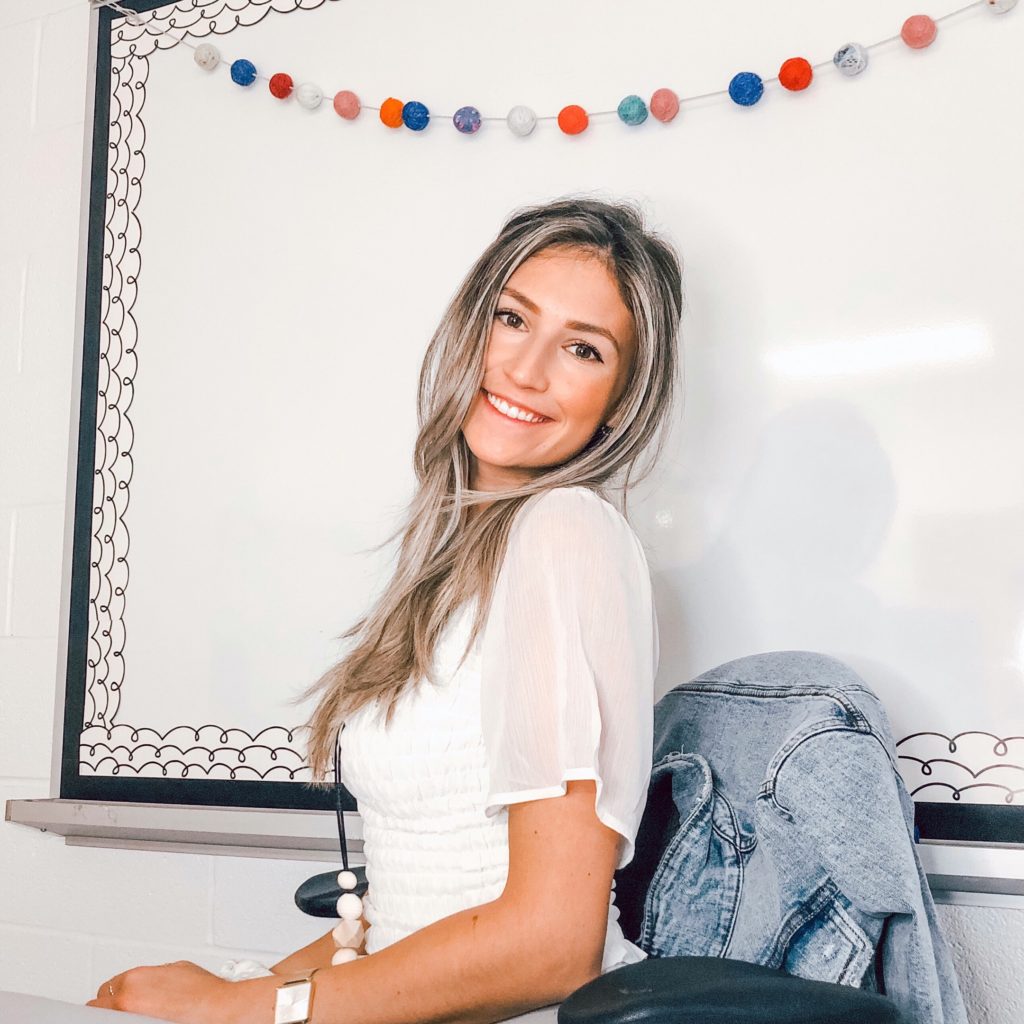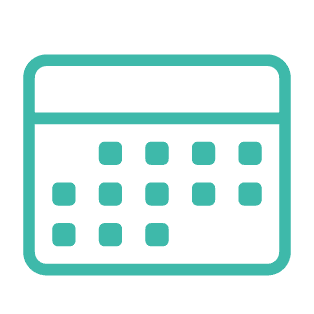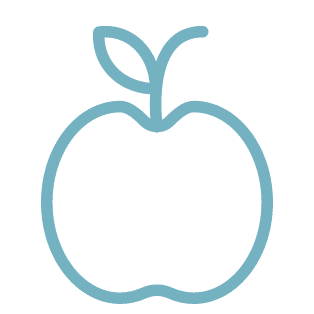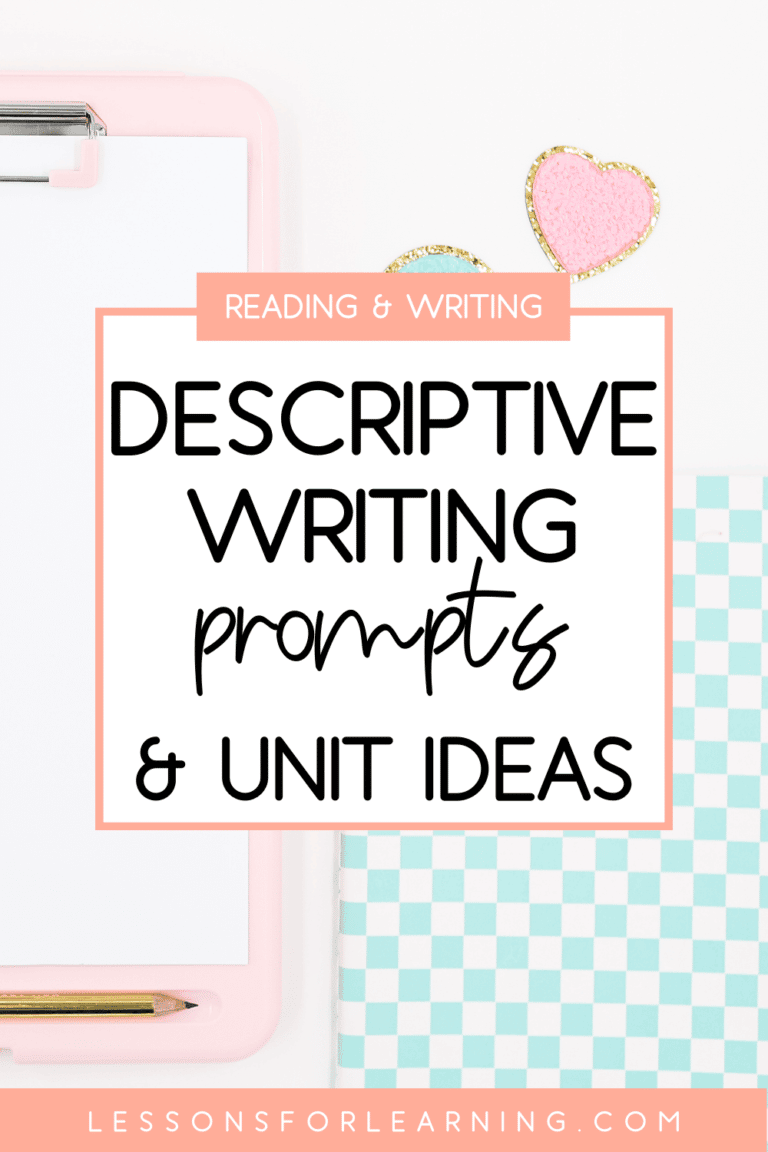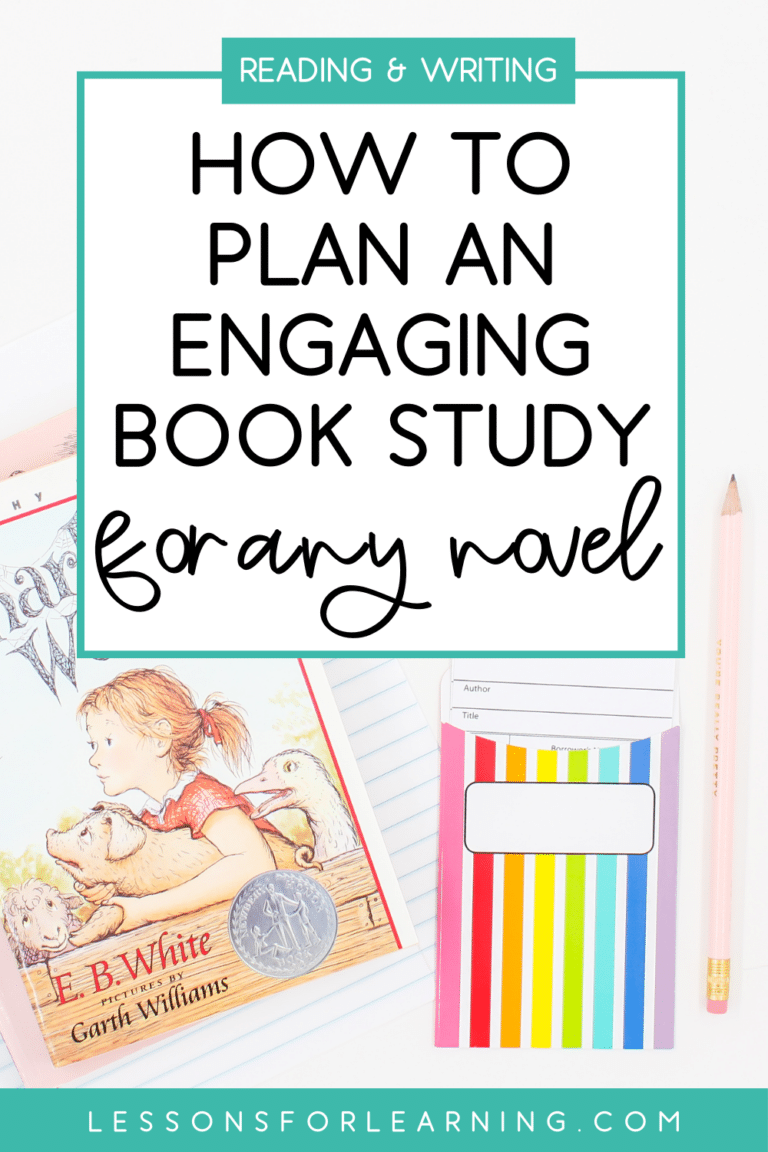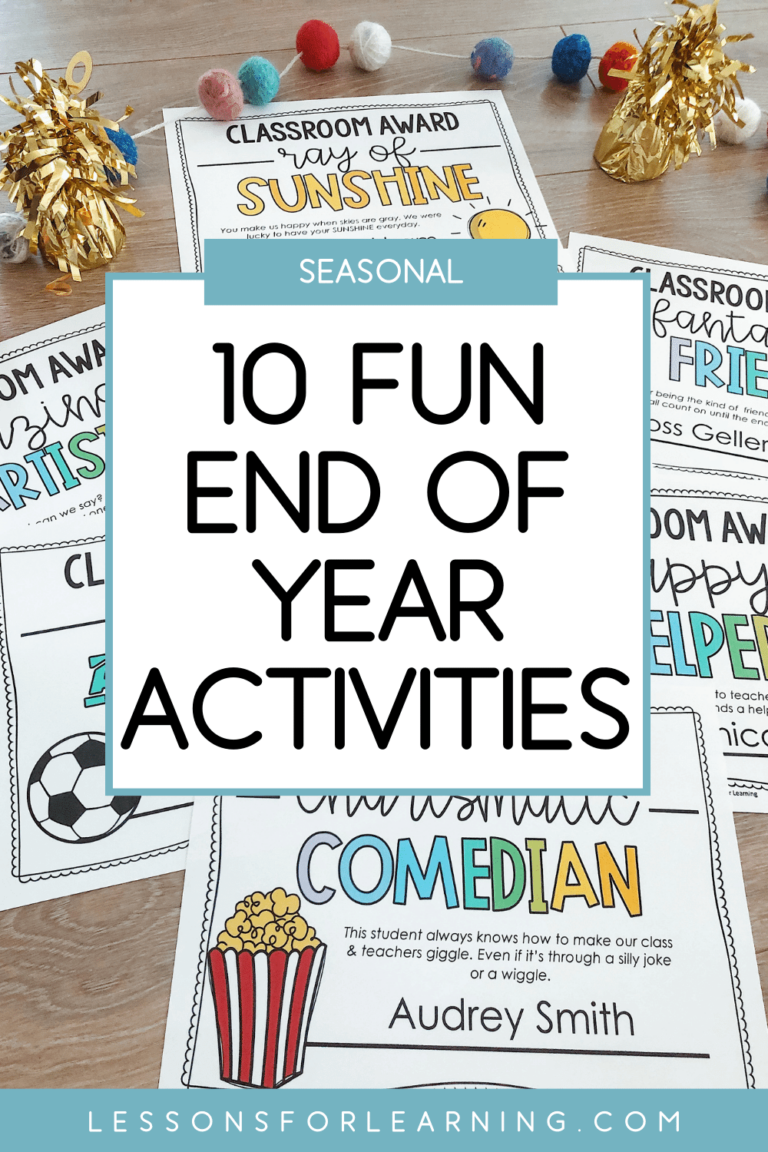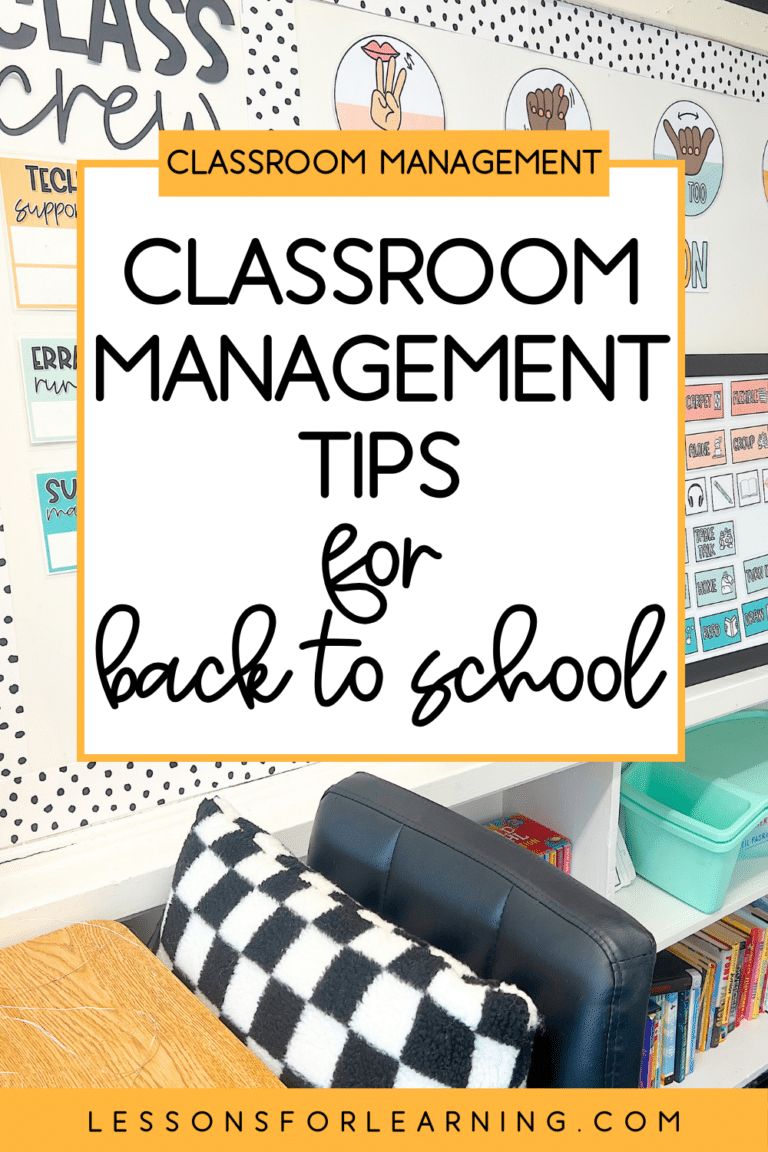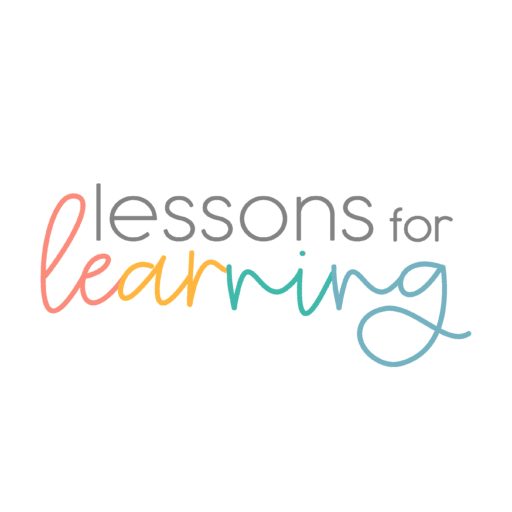Once we are back in class after March Break it seems like time flies to the end of the year. But at the same time, everyone is a little more tired too. I have found the best option to deal with both of those things is a unit on narrative writing.
Narrative Writing is a great final writing unit because students have built up skills to be able to do this well at the end of the year. Having practiced other forms of writing, their written communication skills and the process from brainstorming to writing the final draft are more clearly established. They can be more creative since they have the essential skills down!
What’s more, by this time of the school year, you’ve built a classroom community where students will hopefully feel more at ease sharing their personal stories with you and each other.
And with such a unit you can choose between fiction narratives or personal narratives depending on your group.
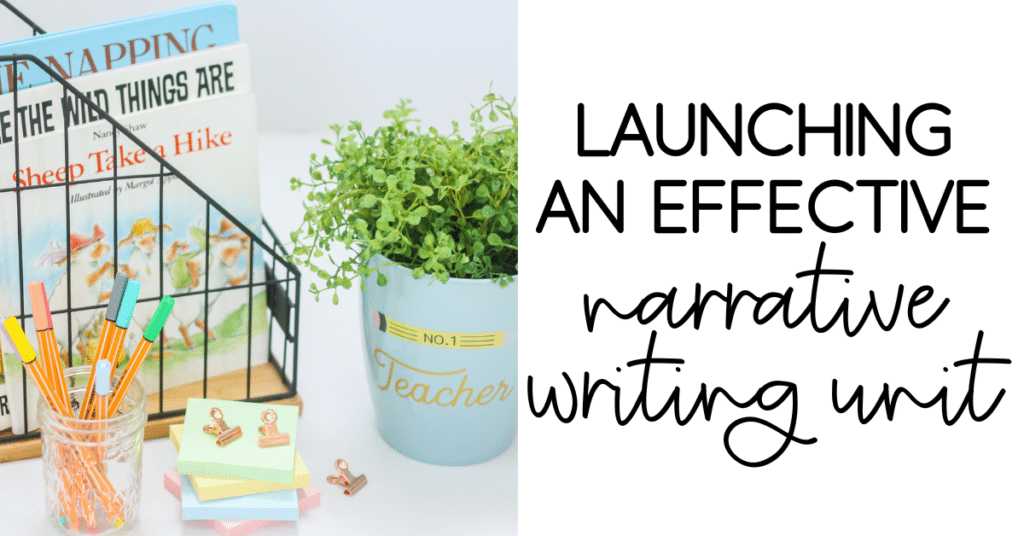
Start with the Hook
With any unit you want to pique your students’ curiosity and give them a taste of the writing they’ll be doing. Start by reading a narrative text that will hook your students. This could be done right after a novel study, or you can use a short story or even a podcast.
I love using The Snowy Day by Ezra Jack Keats as a kick-start to the unit to get students in the right mindset.
My Narrative Writing Unit is perfect for Grade 5 – 8 students learning narrative writing because it walks them through the whole process and even includes several short stories and other suggested and provided mentor texts throughout.
Brainstorming: The Elements of a Narrative
Once your students have had the chance to explore some different mentor texts, provide students with some prompts for their narrative writing.
Consider some key questions or sentence stems to help guide them through brainstorming multiple ideas:
- Write about a time when your heart raced.
- What’s your best memory of summertime?
- Think about a time someone surprised you.
Those are great prompts for personal narratives but you can also have students write fictional stories as well. Photos are an excellent way to inspire students and get them thinking about a story and plot!
From there, you can also have students discuss setting, plot, and characters.
- Where is the story set? Think about time and place.
- What happens in the story? What is the beginning, middle, and end?
- Who is part of this story? Think about major and minor characters or people who are part of the story.
Sometimes, having them brainstorm the problem and a solution before setting and characters can be helpful. This can provide the main point of the story’s plot and then students can fill in the other elements.
The Narrative Writing Process: Structure First
This is the part where mini-lessons make the most sense for teaching how to write leads, dialogue, and endings.
A mini-lesson about leads could involve reading various mentor texts and noting how authors start their stories. Students can even rank the texts in the order they find most effective. These mentor texts can be inspiration for students’ leads.
Dialogue and punctuation are always a challenge! Again, mentor texts along with teaching the basic rules are ideal. Explain to students about dialogue tags and how they communicate character details as well as mood. Brainstorm a list of options for verbs that can fit different moods. For example, said is a mostly neutral option, whereas yelled, argued, shouted, and screamed describe a much different mood.
With endings, I like to have students decide this right from the beginning. Have them plot out their narratives so they have a clear direction for the next step – writing their first rough drafts!
The first draft is a time to get everything on paper (or typed on computer depending on your resources and approach). Advise students that the best way to write a first draft is simply to start writing!
If you know your students struggle with getting started, try a free write with some soft background music and a timer. Students are to put pen to paper and just write without thinking about proper grammar and spelling at this stage.
If they’re stuck, I suggest adding words that could describe the mood or a character rather than thinking they have to write the full narrative from beginning to end. More often than not, students break through any writer’s block and jump into a first draft once they experience the free write.
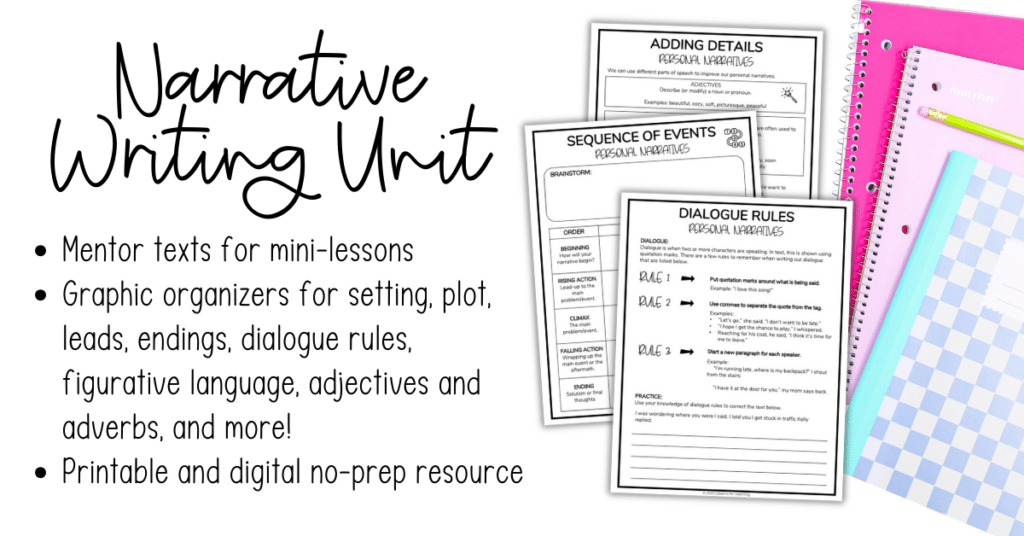
Revising and Editing Narrative Writing
When students have a first draft, it’s time to tackle a challenging part of the process – editing!
The main advice I share with students at this stage of narrative writing is to read their work and find moments where they can show more than just tell the story. This means adding details with adjectives and figurative language to incorporate more imagery.
I like to show some works of art and ask students to describe the painting. (I use Google Arts & Culture to find a wide variety of paintings to share.) This works well in pairs where each student examines a different painting and writes a description of it. Students swap their written descriptions, without revealing the original image of the painting. It’s a chance to see just how close the written description is to the visual. The last step is to reveal the original image students described.
To structure the overall process of revision and editing, I provide an example of a not-so-good narrative and have students write out their suggestions to improve it. This takes us back to the initial lessons about leads, dialogue, etc. And it also provides a chance for students to consider that provided work with the narrative writing assignment rubric.
After students take a pass at the narrative writing, we discuss it as a class and go through a checklist. Students use that knowledge to complete the same process with their own drafts!
Final Step: Publishing The Work
This final step is my absolute favourite in the unit because it’s a chance for students to show off their final narrative writing projects. It’s a chance to celebrate the culmination of all of their hard work.
But before celebrating, have students put the finishing touches on their narrative essays by creating book covers and recording an audio version.
Walk students through the whole process with this book cover and audio excerpt assignment. It includes student AND teacher instructions for readily available online technology to create professional-grade work! Plus, there are rubrics that are completely editable to suit your needs.
When students complete all aspects of their work, host a publishing party. Print students’ stories and covers and create some stations around the room (snacks are good too!). Allow time for students to walk around and read their classmates’ stories. This time is most of all a chance to celebrate all of their hard work!
Make this Narrative Writing Unit part of your end-of-year plans! This printable and digital, no-prep resource that provides students with personal narrative writing prompts, mentor paragraphs for mini-lessons, and graphic organizers to help scaffold the learning for setting, plot, leads, endings, dialogue rules, figurative language, adjectives and adverbs, and more!
Check out these related posts:
